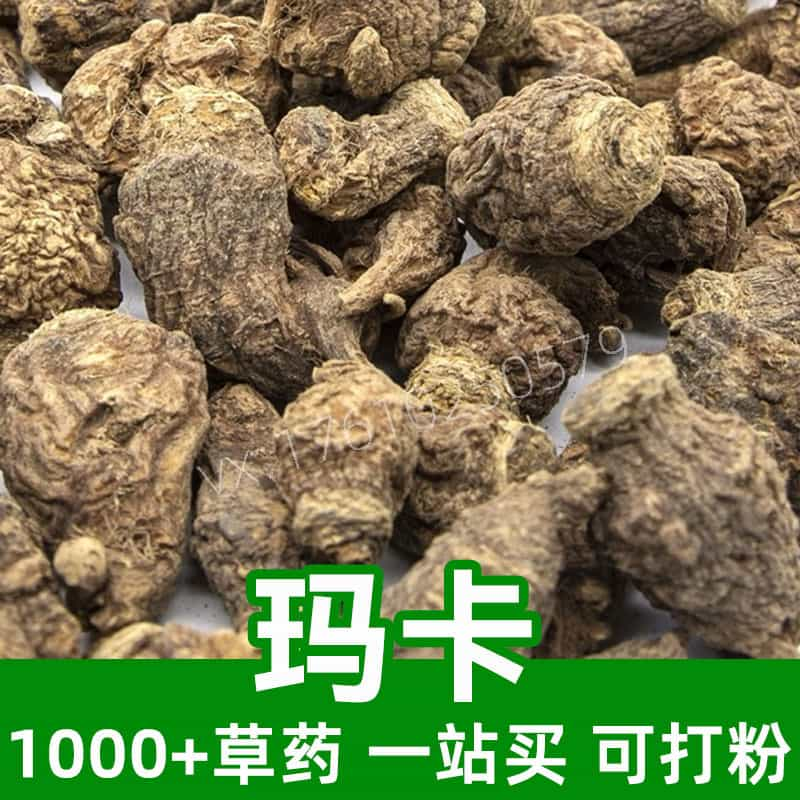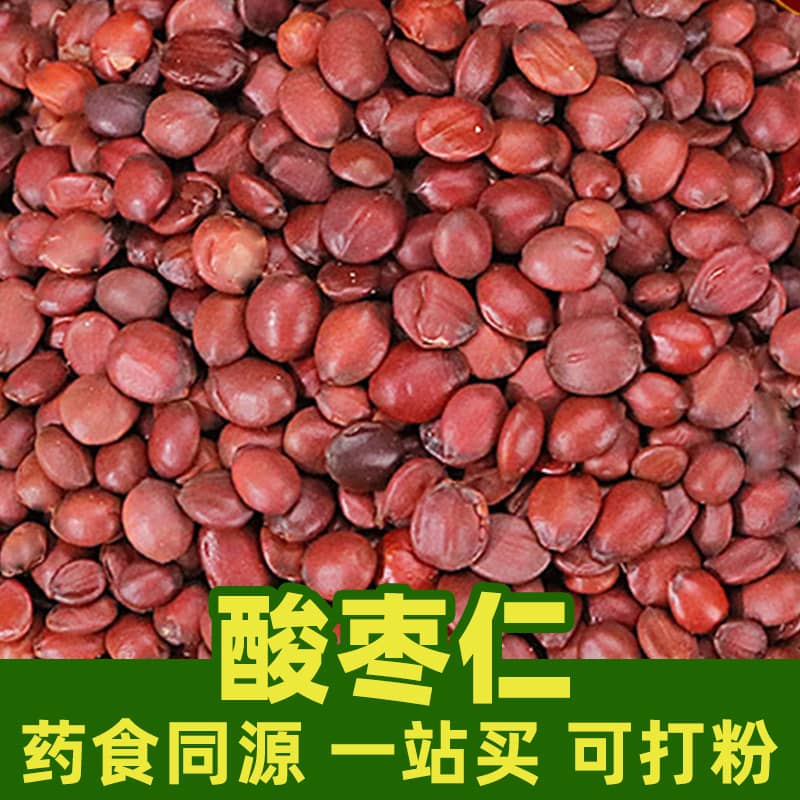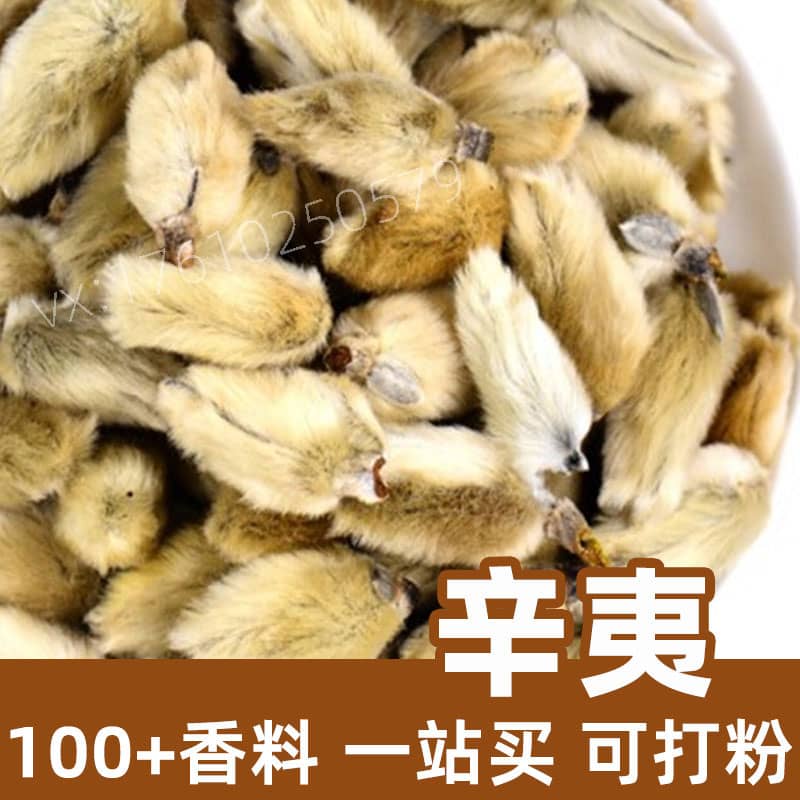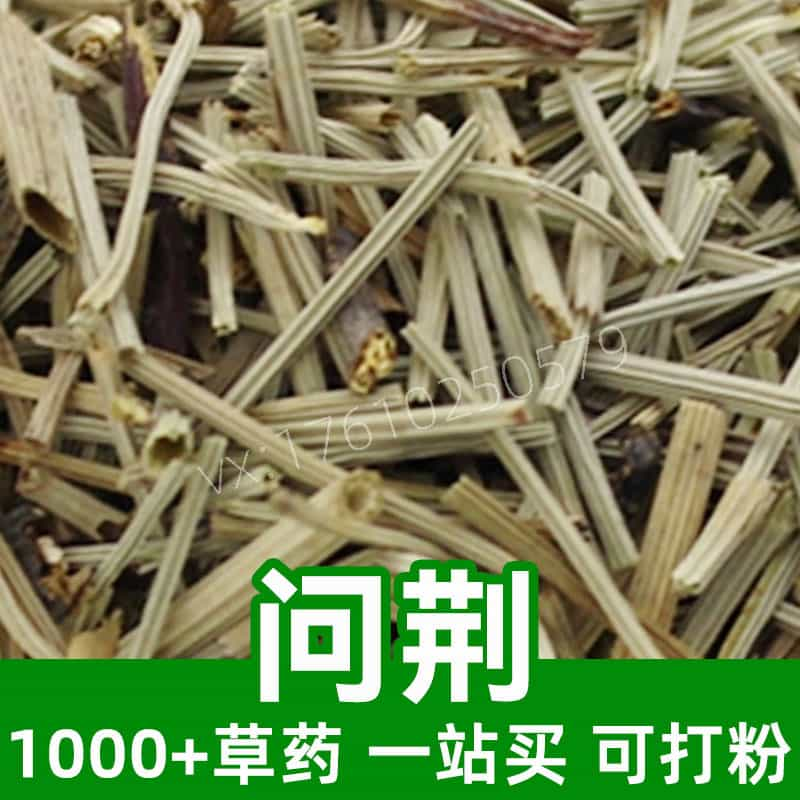Guava Product Overview
Guava, also known as pear guava or pocket pear, is a popular fruit rich in vitamin C, vitamin K, fiber, antioxidants (such as flavonoids and polyphenols), and minerals (like potassium, magnesium, and iron). Originating from Asia, Europe, Africa, and the Americas, guava trees are adaptable and widely cultivated. This fruit has a sweet and sour taste, is slightly cooling, and is associated with the heart, liver, and stomach meridians.
Guava can be enjoyed fresh and helps cool heat, quench thirst, and generate body fluids. It can also be processed into juice, jam, and other food products. The peel and roots are commonly used in traditional medicine for astringency, stopping bleeding, and detoxification. Guava is a delicious fruit with essential uses in both traditional medicine and the food industry.
Key Active Ingredients in Guava
Guava is a nutritious fruit, and its primary active ingredients include:
- Vitamin C: Guava is rich in vitamin C, which has antioxidant properties, supports immune health, and protects cells from oxidative damage.
- Flavonoids: Guava contains numerous flavonoid compounds like quercetin and anthocyanins, which offer antioxidant, anti-inflammatory, and anticancer benefits.
- Polyphenols: Guava contains various polyphenols, such as catechins and proanthocyanidins, which have antioxidant, anti-inflammatory, and antimicrobial effects.
- Dietary Fiber: High in dietary fiber, guava supports digestive health, helps regulate blood sugar and lipids, and prevents constipation.
- Minerals: Guava contains potassium, magnesium, and iron, essential for metabolism and physiological functions.
- Carotenoids: Guava provides carotenoids like beta-carotene, which are essential nutrients that promote vision and skin health.
- Phenolic Compounds: Guava includes phenolic compounds that have anti-inflammatory, antimicrobial, and antioxidant effects.
These components give guava various benefits, such as immune support, antioxidant protection, anti-inflammatory, and antibacterial properties, making it a popular fruit.
Applications, Usage, and Dosage of Guava
Guava is widely used in traditional medicine and the food industry, with applications and dosage as follows:
- Traditional Medicine Applications:
- Clearing Heat and Detoxifying: Guava has properties to clear heat, reduce swelling, and alleviate pain. It’s often used to treat colds, sore throats, and mouth ulcers. Guava juice or decoctions can be taken 1-2 times daily, with dosage adjusted as needed.
- Astringent and Hemostatic: Guava leaves and root bark are used to astringe and stop bleeding and can help with symptoms like diarrhea, hemoptysis, and bloody stools. They may be consumed as a decoction or applied externally in appropriate amounts.
- Spleen Support and Digestion: Guava's vitamins and minerals support the spleen and improve digestion. It can be added to soups or porridge as a daily health supplement.
- Food Industry Applications:
- Juice and Beverages: Guava can be made into refreshing sweet-sour juice, high in vitamin C and natural nutrients. Recommended daily intake is 200-300 ml.
- Fruit Salad: Guava can be used in fruit salads with other fruits to add flavor and nutrients, ideal for breakfast or snacks. Suggested daily intake is a moderate portion as part of a balanced diet.
- Bakery and Jam Products: Guava fruit is also used in baked goods and jam, enhancing flavor and nutritional value. Consume in moderation to avoid excess sugar and calorie intake.
Overall, guava has valuable uses in traditional medicine and food, offering medicinal and nutritional benefits. Individual needs and conditions should guide guava’s use, avoiding excessive or long-term high intake.
Origin, Distribution, and Growing Environment of Guava
Guava (scientific name: Punica granatum) is a deciduous shrub or small tree in the pomegranate family, with the following origin, distribution, and growth environment:
- Origin and Description:
- Chinese Name: Guava
- Other Names: Pomegranate, pomegranate tree, French pomegranate
- English Name: Pomegranate
- Distribution:
- Guava is native to West Asia and mainly distributed along the Mediterranean coast, including Iran, Turkey, Israel, and Syria.
- It is now cultivated worldwide, in regions such as Asia, Africa, Europe, and the Americas, particularly in tropical and subtropical areas like India, China, the United States, and Brazil.
- Growing Environment:
- Guava thrives in warm, humid climates with a suitable temperature range of 15°C to 35°C, showing strong tolerance to both low and high temperatures.
- It adapts to various soil types but grows best in well-drained, fertile sandy loam.
- Guava requires ample sunlight for optimal growth, as sufficient light promotes flowering and fruit maturation.
Guava is a drought-tolerant, salt-tolerant plant with a robust adaptability to its environment, suitable for dry and semi-arid regions. Under ideal conditions, it grows quickly and vigorously, forming lush shrubs or small trees that yield plentiful fruit with medicinal value.
Guava Harvesting, Processing, and Storage
Proper harvesting, processing, and storage of guava are essential to maintaining fruit quality and extending shelf life. Key details include:
- Harvesting Time:
- Guava is generally harvested during the mature season, from late autumn to early winter.
- The fruit should be bright red or deep red, firm, smooth, and free from insect and disease damage.
- Harvesting Method:
- When picking mature guavas, avoid damaging the skin by using scissors or gentle handpicking.
- Ensure the fruit is not crushed or bruised during harvest to maintain quality.
- Processing:
- Harvested guavas can be rinsed with clean water to remove dust and impurities, then air-dried.
- Guava can be cut open for the seeds or juice or stored whole as needed.
- Storage:
- Whole guavas can be stored in a cool, ventilated place, away from direct sunlight and heat, to extend shelf life.
- For extended storage, keep guavas in a well-ventilated environment with proper humidity, generally lasting 1 to 2 weeks.
- Refrigeration or freezing can prolong storage, though freezing may alter texture and nutrient content.
- Packaging:
- During storage, breathable bags or boxes are recommended to protect guavas from environmental contamination and damage.
Careful handling and proper storage of guava help maintain freshness and quality, ensuring its flavor and nutrient content are preserved.
Monica Sun is a seasoned expert in the natural raw materials industry, with over a decade of experience specializing in traditional Chinese medicinal herbs, spices, and fungi. She is skilled in the sourcing, processing, and application of these materials, emphasizing sustainability and innovation. Monica Sun has contributed to the development of high-quality natural raw materials that serve as essential components in functional foods, pharmaceuticals, and cosmetics, delivering tailored solutions to meet diverse market needs.
















